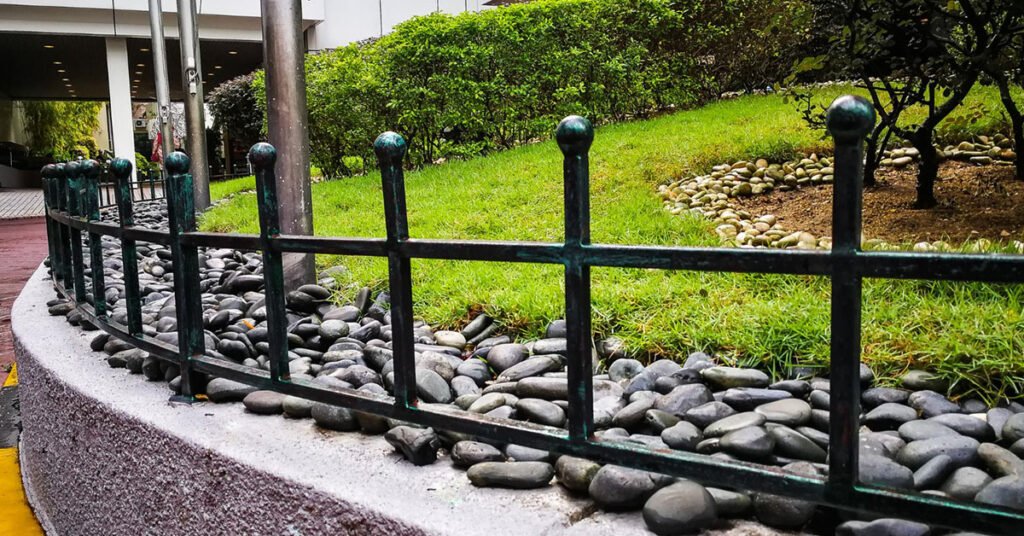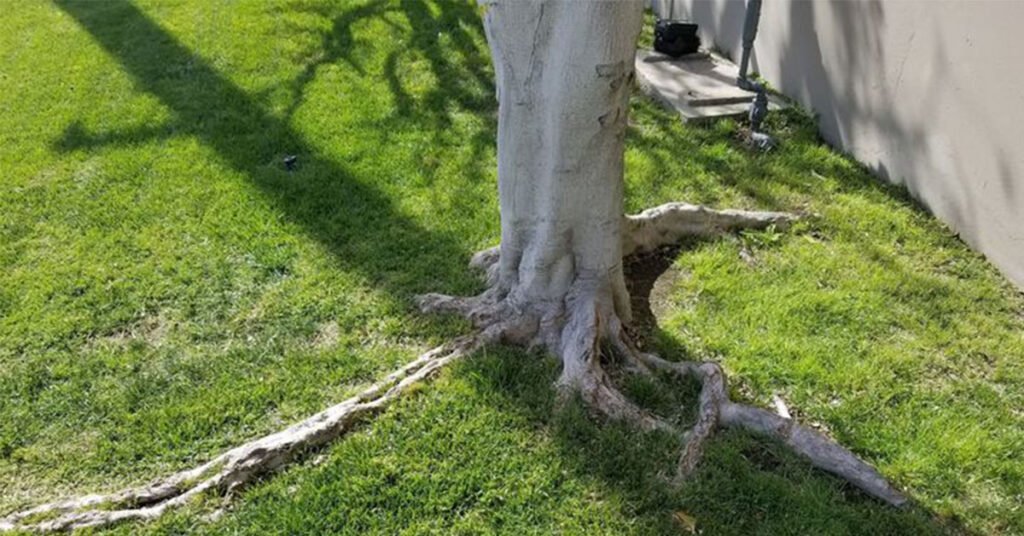In the realm of landscape painting, watercolor offers a captivating medium through which aspiring artists can bring natural scenes to life. For those aiming to carve their path in the landscaper industry, mastering the techniques of watercolor landscapes is paramount. In this post, we will explore the steps of how to paint watercolor landscapes. Let’s dive in.
How to Paint Watercolor Landscapes
Painting watercolor landscapes is an exhilarating journey that allows you to capture the beauty of nature on paper. Follow these steps to create your own stunning landscapes:
1. Choose Your Subject
Begin by selecting a scene or reference photo that inspires you. Whether it’s a serene mountain vista, a tranquil lakeside view, or a bustling cityscape, choose a subject that speaks to your imagination and stirs your creativity.
2. Sketch Your Composition
Using a pencil or light wash of watercolor, sketch the basic outlines of your landscape on your watercolor paper. Pay attention to the placement of key elements such as mountains, trees, buildings, and bodies of water. Keep your composition balanced and visually appealing.
3. Mix Your Colors
Prepare a palette of watercolor paints, mixing the colors you’ll need for your landscape. Start with the lightest colors and gradually add darker tones as you progress. Experiment with different color combinations to capture the mood and atmosphere of your scene.
4. Establish the Background
Begin painting the background of your landscape, starting with the sky and distant elements such as mountains or horizon lines. Use light, transparent washes of color to create the illusion of depth and distance. Allow the colors to blend and bleed into each other for a soft, atmospheric effect.
5. Add Middle Ground Elements
Once the background has dried, move on to the middle ground of your landscape. Paint in the intermediate elements such as trees, buildings, or hillsides, using slightly darker colors and more defined brushstrokes. Pay attention to perspective and scale to create a sense of depth and dimension.
6. Define the Foreground
Finally, add the foreground elements to anchor your landscape and draw the viewer’s eye into the scene. Paint details such as grass, flowers, rocks, or water features with bold, confident brushstrokes. Enhance the texture and contrast in the foreground to create visual interest and realism.
7. Fine-Tune and Add Details
Step back and assess your painting as a whole. Make any necessary adjustments to balance the composition, refine the colors, and enhance the overall harmony of the landscape. Add final details such as highlights, shadows, and texture to bring your painting to life.
8. Allow to Dry and Sign Your Work
Once you’re satisfied with your watercolor landscape, allow it to dry completely before handling or framing. Once dry, consider signing your work with a small, discreet signature in the corner of the painting to claim it as your own.
9. Practice and Experiment
Remember, painting watercolor landscapes is a journey of exploration and discovery. Don’t be afraid to experiment with different techniques, subjects, and styles. The more you paint, the more your skills will grow, and the more confident you’ll become as an artist.
10. Enjoy the Process
Above all, enjoy the process of painting watercolor landscapes. Embrace the spontaneity and unpredictability of the medium, and allow yourself the freedom to express your unique vision of the natural world. Let your passion for painting guide you as you embark on this creative adventure.
Read More: Do Landscaping Jobs Drug Test?
The Takeaway
Painting watercolor landscapes is a rewarding endeavor that allows you to immerse yourself in the beauty of nature and unleash your creativity onto the canvas. Armed with the techniques and tips outlined in this guide, you’re ready to embark on your journey as a landscape painter in the landscaper industry.
So pick up your brushes, venture into the great outdoors, and let the magic of watercolor transport you to breathtaking vistas and tranquil scenes beyond imagination.



